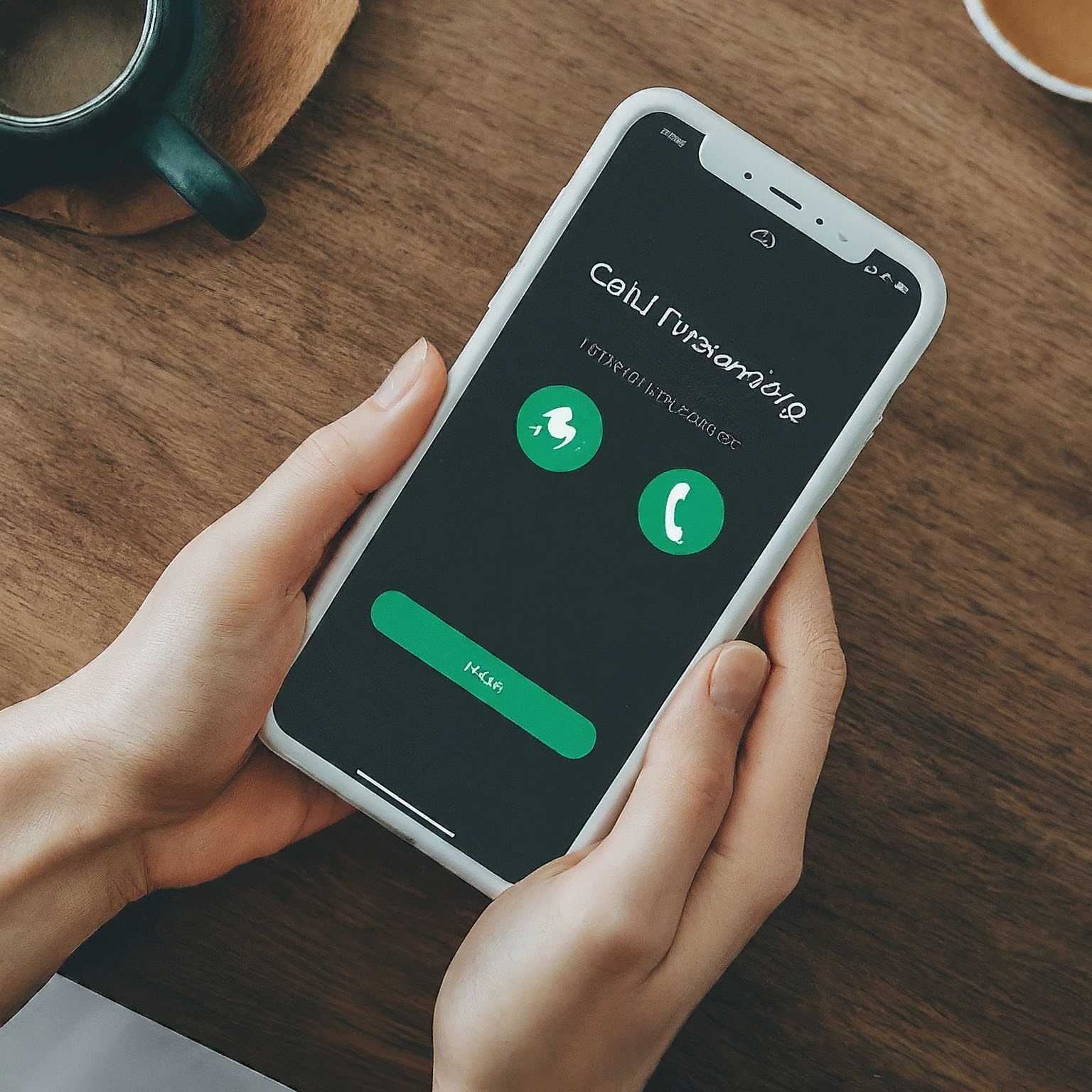In the world of telecommunications, call forwarding is a valuable feature that allows you to redirect incoming calls to another phone number. One specific type of call forwarding, unconditional call forwarding active, stands out for its ability to divert all calls immediately, regardless of your phone’s status. This comprehensive guide will delve into the intricacies of unconditional call forwarding, covering its activation, deactivation, benefits, and potential drawbacks.

What is Unconditional Call Forwarding Active?
Unconditional call forwarding active (CFU) means that every single call to your phone number will be automatically forwarded to a predetermined number without even ringing your phone. It doesn’t matter if your phone is busy, unanswered, turned off, or out of network coverage—the call will be redirected seamlessly.
How Does Unconditional Call Forwarding Work?
When you activate unconditional call forwarding, your phone essentially tells the network to send all incoming calls to a different number. This process happens instantly, and the caller usually won’t notice any difference, except perhaps a slight delay before the call connects.
Why Use Unconditional Call Forwarding?
There are several compelling reasons to utilize unconditional call forwarding:
- Never Miss a Call: The most obvious benefit is ensuring that no call goes unanswered, even when you’re unable to answer your phone personally.
- Seamless Transition: Ideal for transitioning between phone numbers or devices without missing any calls during the process.
- Business Continuity: Businesses can use CFU to route calls to a central number or department, ensuring customers always reach someone.
- Personal Convenience: If you’re expecting an important call but know you’ll be in a situation where you can’t answer, CFU guarantees you won’t miss it.
- Emergency Preparedness: In emergency situations where your phone might be unavailable, CFU can ensure you’re still reachable.
Activating Unconditional Call Forwarding
There are two primary methods to activate unconditional call forwarding:
- Through Your Phone’s Settings
Most modern smartphones offer built-in call forwarding settings. Here’s the general process:
- Open the Phone app.
- Navigate to the settings menu (usually indicated by three dots or a gear icon).
- Look for “Call Settings” or “Supplementary Services.”
- Select “Call Forwarding.”
- Choose “Always Forward” or “Unconditional.”
- Enter the phone number where you want calls forwarded.
- Save the settings.
- Using USSD Codes
USSD codes are special codes you can dial on your phone to activate or deactivate services. For unconditional call forwarding, the code is typically:
- Activate: *21*[forwarding number]#
- Deactivate: #21#
Replace [forwarding number] with the actual phone number where you want calls redirected. Remember that these codes might vary slightly depending on your carrier.
Deactivating Unconditional Call Forwarding
To deactivate unconditional call forwarding active, you can either:
- Use Phone Settings: Follow the same steps as activation, but choose “Disable” or “Deactivate” in the call forwarding settings.
- Use USSD Code: Dial #21# and press the call button.
Important Considerations
- Cost: While activating unconditional call forwarding is usually free, the forwarded calls themselves will likely be charged at your standard rates. This means the call duration will be deducted from your plan or account balance.
- International Calls: Forwarding calls to international numbers may incur additional charges. Check with your carrier for details.
- Notifications: Some carriers might send you an SMS notification when call forwarding is active.
- Dual SIM Phones: If you have a dual-SIM phone, make sure to activate/deactivate call forwarding for the correct SIM card.
Potential Drawbacks of Unconditional Call Forwarding
While unconditional call forwarding offers convenience, there are a couple of potential downsides:
- Missed Notifications: Since your phone doesn’t ring, you won’t receive missed call notifications if someone tries to reach you while CFU is active.
- Voicemail Issues: Some voicemail services might not work correctly with unconditional call forwarding. If you rely heavily on voicemail, consider using a different type of call forwarding.
Best Practices
- Inform Others: Let your frequent contacts know that you have unconditional call forwarding activated and provide them with the forwarding number.
- Disable When Not Needed: If you no longer need calls forwarded, remember to deactivate CFU to avoid unnecessary charges and potential confusion.
- Alternative Solutions: For more targeted call management, consider using conditional call forwarding (e.g., forward only when busy or unanswered) or the Do Not Disturb mode.
Conclusion
Unconditional call forwarding active is a powerful tool that can significantly enhance your communication capabilities. By understanding how it works, how to activate and deactivate it, and the associated considerations, you can make informed decisions about when and how to utilize this feature to its fullest potential. Whether for personal or professional use, CFU provides peace of mind, knowing that important calls will never go unanswered, even when you’re unavailable.
لا تعليق